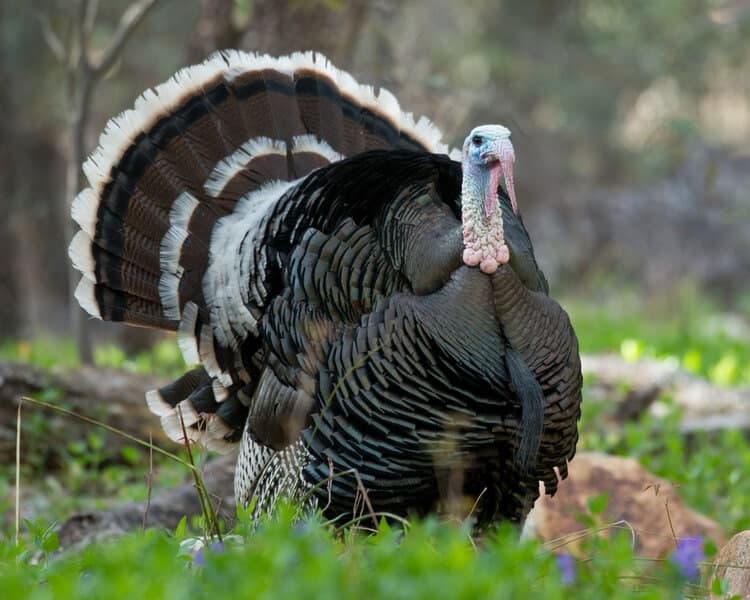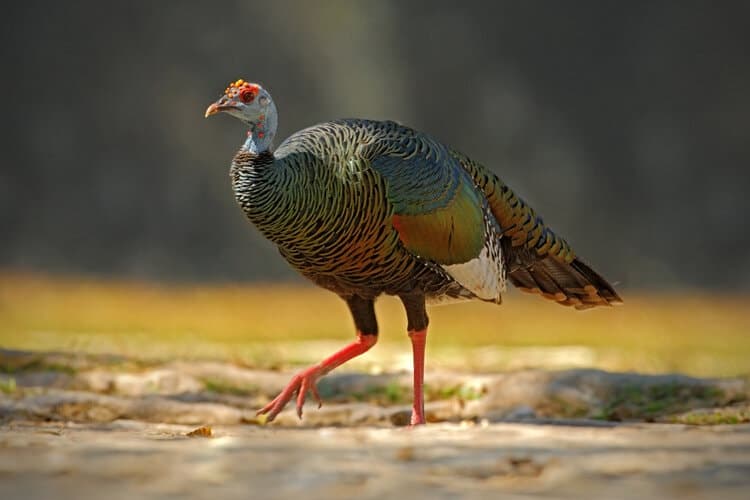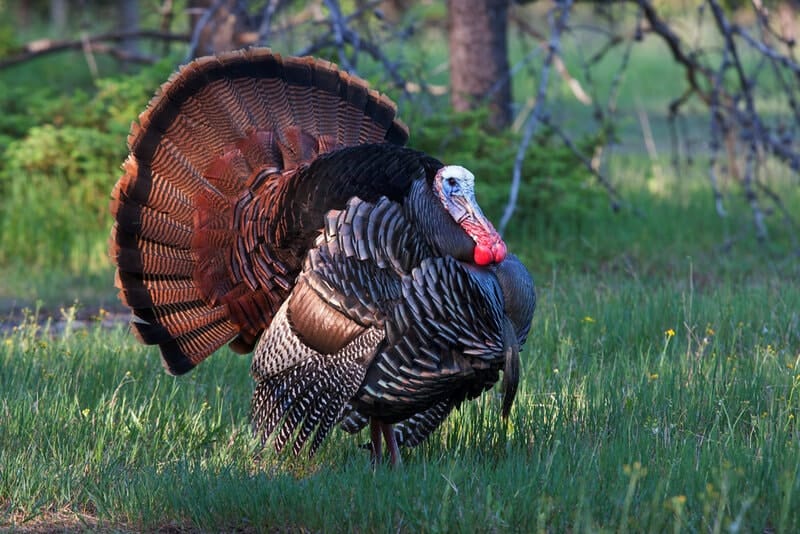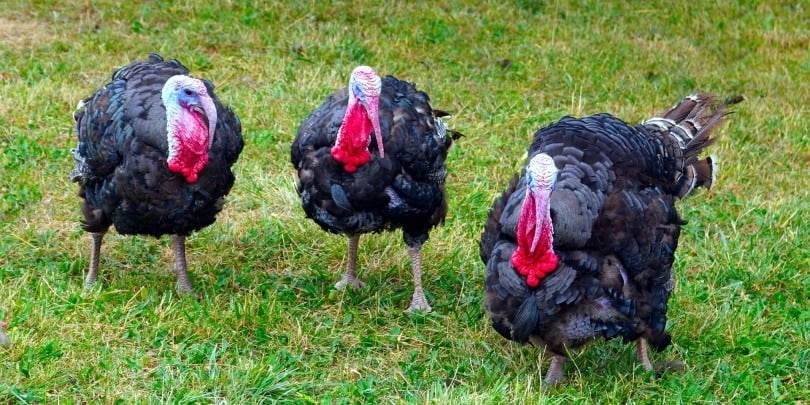Turkey is a popular protein, and not just for holidays. The turkey industry has turned this holiday-oriented bird into a year-round meal option. In addition to whole birds, turkey is marketed in a variety of healthful products, including turkey bacon, turkey sausage, turkey burgers, and individual turkey legs, wings, or breasts as a substitute for chicken.
Which state raises the most turkeys? In 2021, like in previous years, Minnesota is the biggest turkey producer at 40.5 million turkeys. The top six states account for 69% of the turkeys produced in the US, which include Minnesota, North Carolina, Arkansas, Indiana, Missouri, and Virginia.

Nutrition in Turkeys

Just 50 years ago, people ate far less turkey in the US than we do today. In recent decades, the medical community realized all the benefits of turkey as a protein substitute for red meat.
Turkey is an excellent source of protein, which is used to build and repair bonds, muscles, cartilage, blood, and skin. Protein can’t be stored, so it must be consumed throughout the day to meet the body’s energy needs.
- Turkey is a great source of selenium, which is vital to thyroid health and may prevent cancers like lung cancer, stomach cancer, and breast cancer.
- Turkey is low-glycemic meat, which means it won’t cause a blood sugar spike and may help regulate blood sugar levels.
- Low-glycemic foods like turkey help increase levels of HDL cholesterol, or “good” cholesterol, which removes “bad” or LDL cholesterol that damages the arteries.
- Turkey is rich in many vitamins and minerals, including niacin, magnesium, iron, potassium, sodium, vitamins B6 and B12, and zinc.
Which Countries Produce and Consume the Most Turkeys?

According to the National Turkey Federation, the US is the largest turkey producer at nearly 2.7 million metric tons, followed by Brazil at 588,051 metric tons, Germany at 474,553 metric tons, and France at 368,828 metric tons. Israel and the US are the biggest turkey consumers, followed by Canada, the EU, Brazil, and Australia.
Turkey consumption has nearly doubled since 1970, from 8.2 pounds per capita to 16 pounds per capita. This is largely due to the awareness of the nutritional value of turkey, which is a nutrient-rich, low-fat substitute to meats like beef and pork. In 2020, the US total turkey production was around 224 million birds, or 7.3 million pounds.
The US turkey industry not only produces turkey for domestic products, but it exports more than 10% of its products to Canada, Hong Kong, Japan, Mexico, the Republic of South Africa, and Peru.
Decrease in Turkey Production in 2024
Despite these numbers, the USDA projects the number of turkeys raised in the US to hit 214 million head, which is a 4% decrease from the 224 million head in 2020. Minnesota still has the largest inventory of turkeys and is the only production state that expected an increase.
Outside of the six Brownfield states, the USDA estimates the turkey population at 23.1 million head.

Where Do Thanksgiving Turkeys Come From?

The wild turkey is native to the eastern US and Mexico. The turkey was domesticated in Mexico, then brought to Europe in the 16th century. Turkey became the centerpiece of the Thanksgiving feast at the first Thanksgiving. The Wampanoag brought deer, and the Pilgrims brought wild fowl, which may have been wild turkeys that reside on the East Coast. Some historians think the Pilgrims brought ducks or geese, however.
So, why do we eat turkey if the pilgrims didn’t? Turkeys were plentiful in the US at the time, with an estimated 10 million or more birds in the wild and domesticated. Most family farms had turkeys ready for slaughter, and they provided little additional value to farmers. Cows and hens provide meat, but they also provide milk and eggs. Finally, a single turkey is enough to feed a whole family.
Still, turkey didn’t become a staple Thanksgiving meat until some time later. Some historians believe Charles Dickens’ A Christmas Carol is the influence responsible for turkey becoming a holiday food.
Another writer had an influence, however. Sarah Josepha Hale wrote the novel Northwood, which has a detailed description of a traditional New England Thanksgiving, complete with a roasted turkey “at the head of the table.” She also campaigned to make Thanksgiving a national holiday to unify the country on the brink of what would become the American Civil War. In 1863, Abraham Lincoln made Thanksgiving an official American holiday.

Conclusion
The US is the biggest worldwide producer of turkeys, and Minnesota takes the top spot among the six Brownfield states that account for 69% of the turkey production in the country. Though turkey production dipped a bit in 2021 overall, it’s still one of the most common proteins people have with meals – and not just for Thanksgiving!
Featured Image Credit: Matthias Böckel, Pixabay

